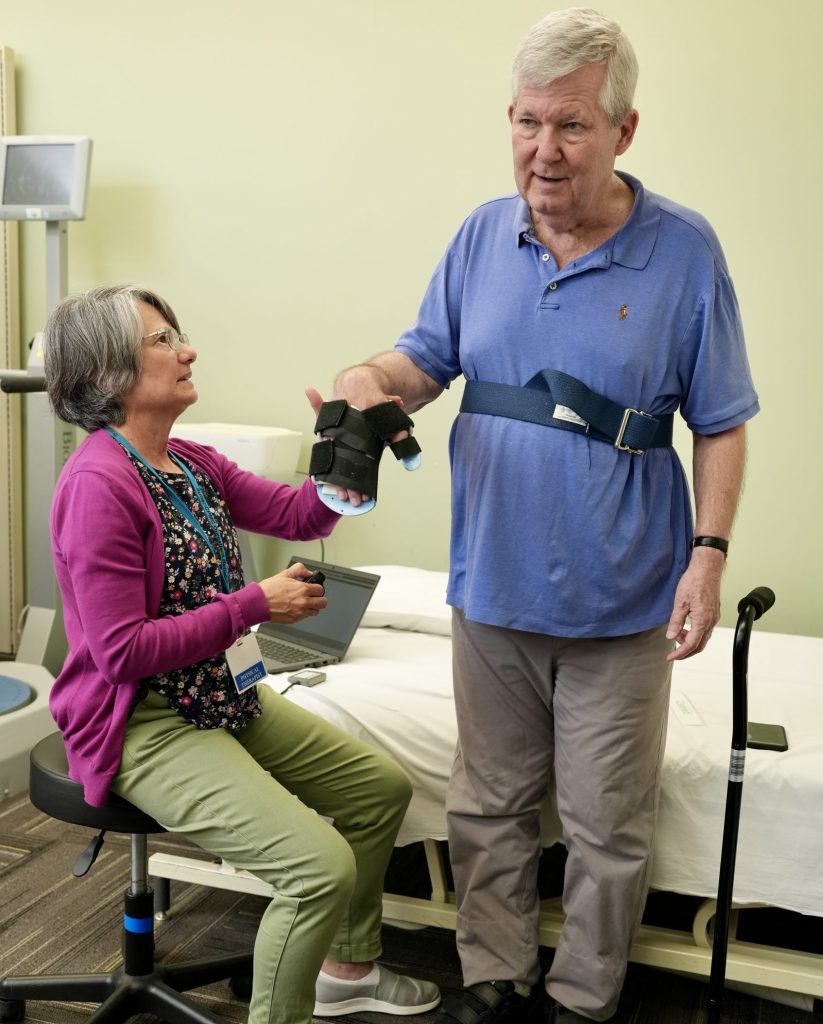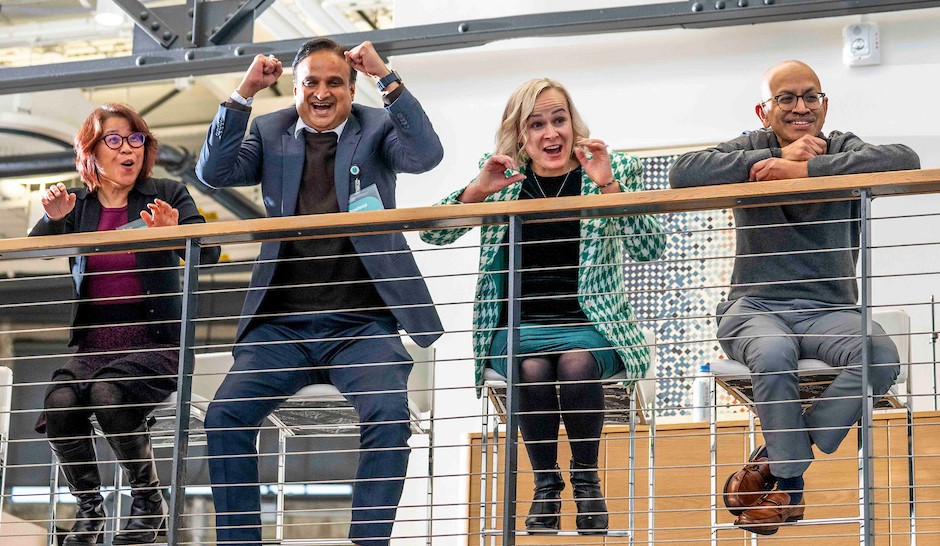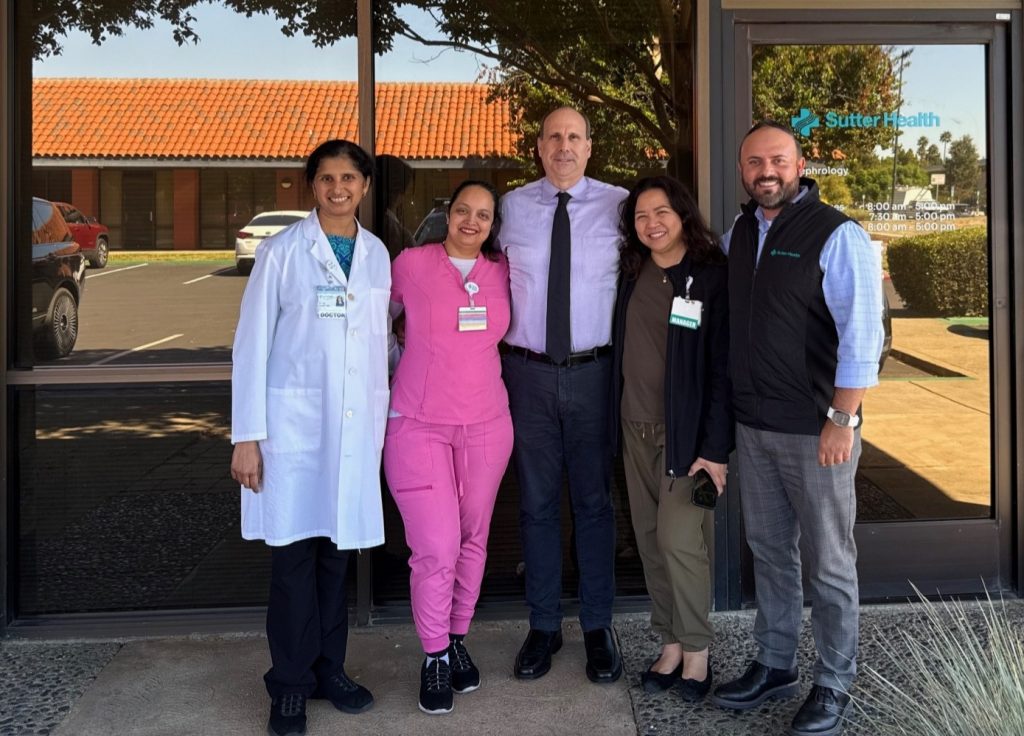October is Breast Cancer Awareness Month
Delta residents now have the option of staying in the community and still enjoying access to advanced three-dimensional (3D) mammography.
Sutter Delta Medical Center in Antioch offers patients access to advanced screening and diagnostic breast imaging, known as 3D tomosynthesis or tomo, to improve the early detection of breast cancer.
“Bringing state-of-the-art mammography imaging technology, like our new 3D tomosynthesis suite, to the local community is central to our mission here at Sutter Delta Medical Center. We serve a diverse population, and our hospital is proud to expand its offerings to help women in eastern Contra Costa County to better manage their health. Breast Cancer Awareness Month is an ideal time to talk to your physician about whether 3D tomography is the right option for you,” said Sutter Delta CEO Sherie Hickman.
What are the advantages of 3D Mammography?
“3D tomosynthesis mammography is a tremendous advancement in breast cancer screening over traditional (two-dimensional) 2D mammography,” says John Van Uden, M.D., medical director of Sutter Delta Medical Center’s Diagnostic Imaging Services. “Instead of single, flat two-dimensional images of the breast, 3D mammography obtains a scrollable 3-D set of images in each orientation. This greatly enhances our ability to distinguish normal breast tissue from a breast cancer.”
Kyla Yee, M.D., a Sutter East Bay Medical Foundation OB/GYN based in Antioch agrees, “3D tomo offers a significant advantage over traditional two-dimensional mammography. With this advanced technology, we’re often able to find cancer when it’s still extremely small. And we know that when we are able to detect and treat cancer at its early stages, patients can have much better survival rates.” Studies have shown that adding 3-D tomo to regular screening mammograms can help detect more cancers in dense breast tissue. Says Michele Bergman, M.D., a Sutter East Bay Medical Foundation OB/GYN based in Antioch, “3D tomo can provide better cancer detection, fewer call backs and greater peace of mind for patients.”
And despite these diagnostic improvements, says Dr. Van Uden, the exam involves approximately the same very low-dose of X-ray to obtain the images, and no additional inconvenience or discomfort for the patient.
How does 3D tomography work?
During a 3D tomo mammogram, an x-ray arm moves in an arc over the compressed breast capturing multiple images from different angles. These digital images are then reconstructed or “synthesized” into a set of 3D images by a computer.
Sutter Delta’s 3D tomo machine is housed in a brand new suite at the hospital, offering patients and referring physicians in eastern Contra Costa County local access to advanced technology in the arsenal to detect breast cancer early.
Safety is No. 1
Sutter Delta, like all Sutter imaging centers, is taking steps to protect patients and staff. These steps include:
- Mandatory Masking – Staff, patients and visitors must wear masks at all times.
- Isolation – Anyone with COVID-19 symptoms is isolated from waiting areas, patient rooms, entrances and spaces the general population uses.
- Cleaning – Our teams have increased the frequency of cleaning and disinfecting.
- Screening – Everyone is screened for signs and symptoms of COVID-19 before entering our care.
Remember, catching up on preventive care that may have been postponed during the pandemic, such as a mammogram or a colonoscopy, is one of the most important things you can do to protect your health.
Click here for more information about 3D mammography and imaging mammography at Sutter Delta or call (925) 756-1146.
Lost Your Insurance? Resources to Help with Health Insurance Disruption
Health insurance coverage can be disrupted by wage or job loss, but there are options that provide access to important cancer screenings, even if you’ve lost your normal source of coverage.
In California, the Every Woman Counts program covers mammograms and cervical cancer screening for women with no or limited insurance who meet other eligibility criteria. To learn more, patients can call (800) 511-2300.
Other options include extending employer-based coverage through COBRA and CalCOBRA, shopping for plans and applying for premium assistance through Covered California, or applying for and qualifying for Medi-Cal. Charity care and financial assistance options may also be available. You can learn more about these options by visiting our coverage options page.





